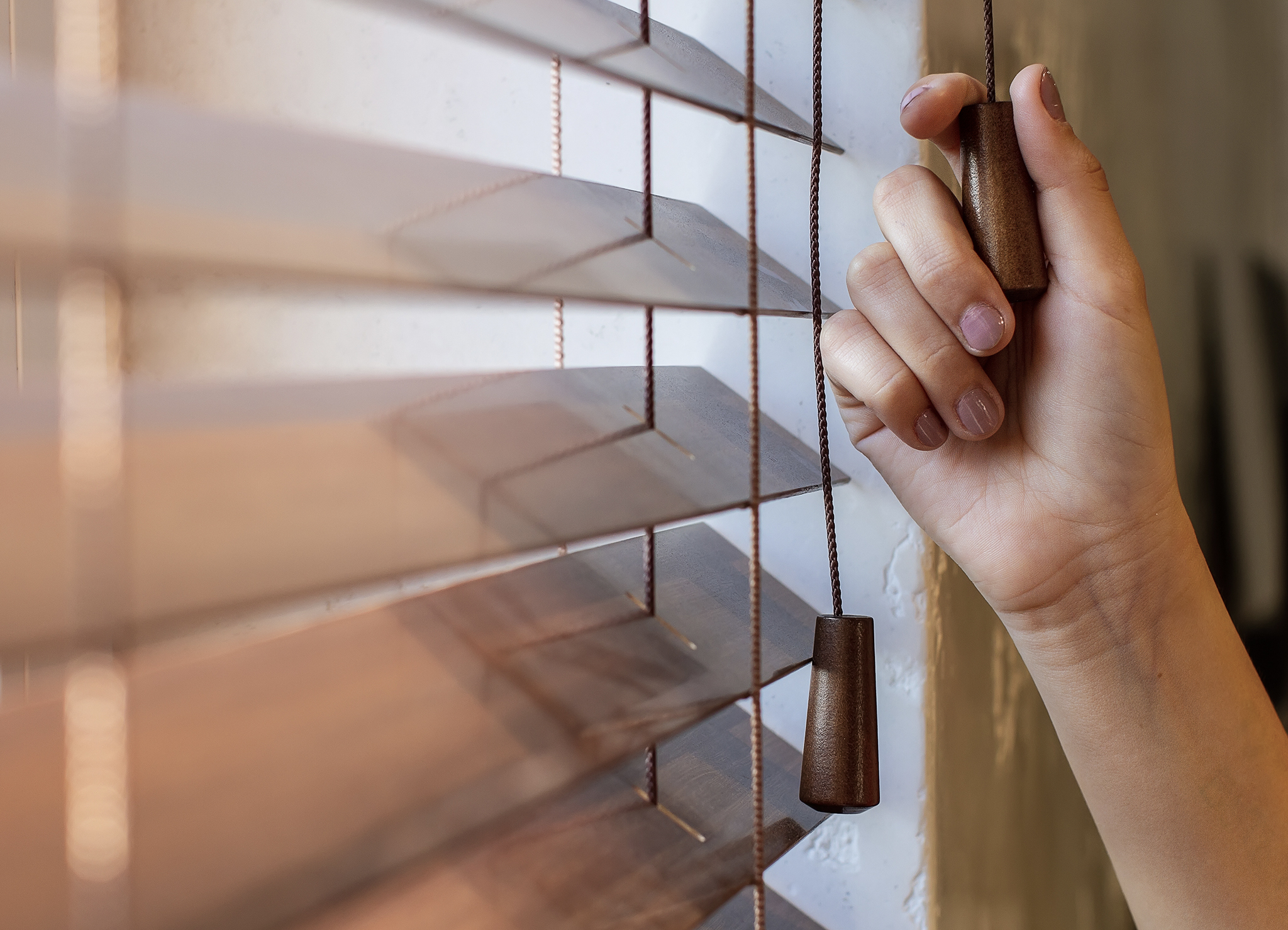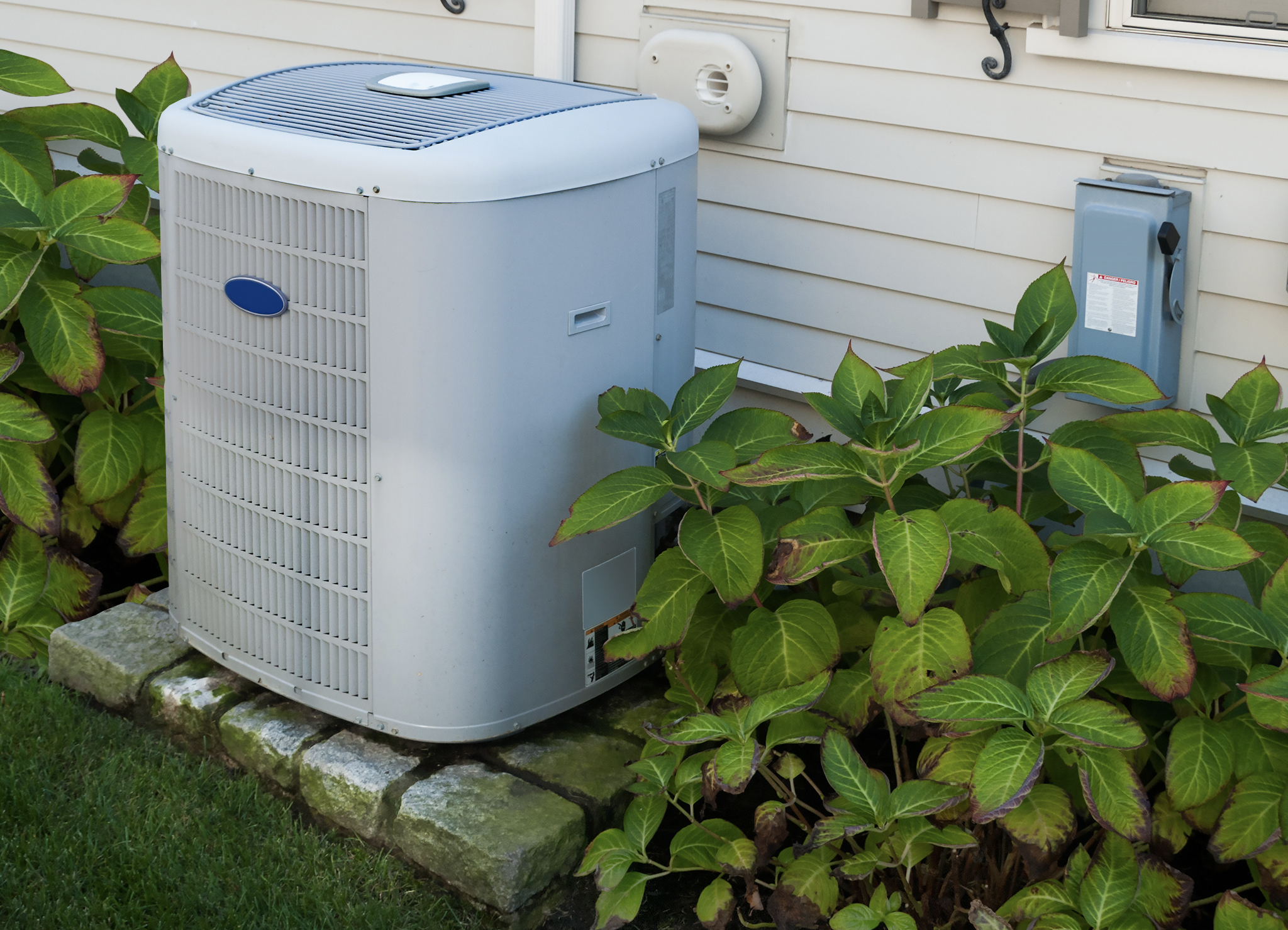
by GroupM7 | May 4, 2021 | Blog
What Does REME technology mean for Longview TX? Feb 3, 2012 It’s almost Summertime, and Texas is about to turn up the HEAT. Just within the last few years, the United States in total has experienced some of the hottest summers to ever be recorded. Aside from the...

by GroupM7 | May 4, 2021 | Blog
What Does REME technology mean for Longview TX? AC landscape Feb 3, 2012 Here in the heart of East Texas, the Summer heat is rarely a friend. And while HVAC units don’t do a lot for the aesthetics of our landscaping, they are 100% necessary for our comfort. Okay,...




